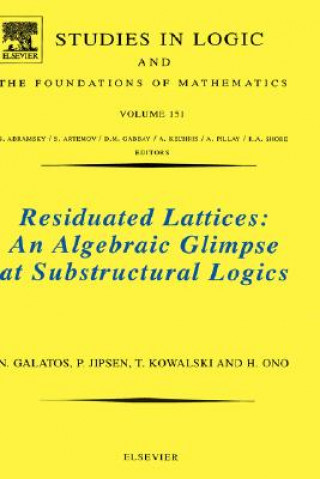
Kód: 04079670
Residuated Lattices: An Algebraic Glimpse at Substructural Logics
Autor Nikolaos Galatos
The book is meant to serve two purposes. The first and more obvious one is to present state of the art results in algebraic research into residuated structures related to substructural logics. The second, less obvious but equally ... celý popis
- Jazyk:
 Angličtina
Angličtina - Vazba: Pevná
- Počet stran: 532
Nakladatelství: Elsevier Science, 2007
- Více informací o knize

Mohlo by se vám také líbit
-

Junit Recipes
1649 Kč -

Billy Brown, I'll Tell Your Mother
1065 Kč -
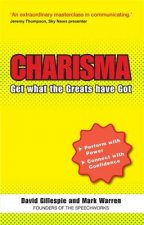
Charisma: Get What the Greats Have Got
498 Kč -

Pure
276 Kč -

Concrete and Clay
916 Kč -

Conversations with Michael Crichton
1041 Kč -

Fundamentals of Fire Protection for the Safety Professional
3648 Kč
Dárkový poukaz: Radost zaručena
- Darujte poukaz v libovolné hodnotě a my se postaráme o zbytek.
- Poukaz se vztahuje na celou naši nabídku.
- Elektronický poukaz vytisknete z e-mailu a můžete ihned darovat.
- Platnost poukazu je 12 měsíců od data vystavení.
Více informací o knize Residuated Lattices: An Algebraic Glimpse at Substructural Logics
Nákupem získáte 468 bodů
 Anotace knihy
Anotace knihy
The book is meant to serve two purposes. The first and more obvious one is to present state of the art results in algebraic research into residuated structures related to substructural logics. The second, less obvious but equally important, is to provide a reasonably gentle introduction to algebraic logic. At the beginning, the second objective is predominant. Thus, in the first few chapters the reader will find a primer of universal algebra for logicians, a crash course in nonclassical logics for algebraists, an introduction to residuated structures, an outline of Gentzen-style calculi as well as some titbits of proof theory - the celebrated Hauptsatz, or cut elimination theorem, among them. These lead naturally to a discussion of interconnections between logic and algebra, where we try to demonstrate how they form two sides of the same coin.We envisage that the initial chapters could be used as a textbook for a graduate course, perhaps entitled Algebra and Substructural Logics. As the book progresses the first objective gains predominance over the second. Although the precise point of equilibrium would be difficult to specify, it is safe to say that we enter the technical part with the discussion of various completions of residuated structures. These include Dedekind-McNeille completions and canonical extensions. Completions are used later in investigating several finiteness properties such as the finite model property, generation of varieties by their finite members, and finite embeddability. The algebraic analysis of cut elimination that follows, also takes recourse to completions.Decidability of logics, equational and quasi-equational theories comes next, where we show how proof theoretical methods like cut elimination are preferable for small logics/theories, but semantic tools like Rabin's theorem work better for big ones. Then we turn to Glivenko's theorem, which says that a formula is an intuitionistic tautology if and only if its double negation is a classical one. We generalise it to the substructural setting, identifying for each substructural logic its Glivenko equivalence class with smallest and largest element. This is also where we begin investigating lattices of logics and varieties, rather than particular examples.We continue in this vein by presenting a number of results concerning minimal varieties/maximal logics. A typical theorem there says that for some given well-known variety its subvariety lattice has precisely such-and-such number of minimal members (where values for such-and-such include, but are not limited to, continuum, countably many and two). In the last two chapters we focus on the lattice of varieties corresponding to logics without contraction. In one we prove a negative result: that there are no nontrivial splittings in that variety. In the other, we prove a positive one: that semisimple varieties coincide with discriminator ones. Within the second, more technical part of the book another transition process may be traced. Namely, we begin with logically inclined technicalities and end with algebraically inclined ones. Here, perhaps, algebraic rendering of Glivenko theorems marks the equilibrium point, at least in the sense that finiteness properties, decidability and Glivenko theorems are of clear interest to logicians, whereas semisimplicity and discriminator varieties are universal algebra par exellence. It is for the reader to judge whether we succeeded in weaving these threads into a seamless fabric. This book: Considers both the algebraic and logical perspective within a common framework; Is written by experts in the area; Is easily accessible to graduate students and researchers from other fields; Includes results summarized in tables and diagrams to provide an overview of the area; Is useful as a textbook for a course in algebraic logic, with exercises and suggested research directions; And provides a concise introduction to the subject and leads directly to research topics. The ideas from algebra and logic are developed hand-in-hand and the connections are shown in every level.
 Parametry knihy
Parametry knihy
Zařazení knihy Knihy v angličtině Mathematics & science Mathematics Algebra
4676 Kč
- Plný název: Residuated Lattices: An Algebraic Glimpse at Substructural Logics
- Autor: Nikolaos Galatos
- Jazyk:
 Angličtina
Angličtina - Vazba: Pevná
- Počet stran: 532
- EAN: 9780444521415
- ISBN: 0444521410
- ID: 04079670
- Nakladatelství: Elsevier Science
- Hmotnost: 910 g
- Rozměry: 237 × 165 × 36 mm
- Datum vydání: 25. April 2007
Oblíbené z jiného soudku
-
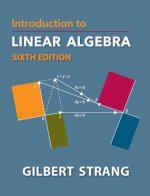
Introduction to Linear Algebra
2523 Kč -
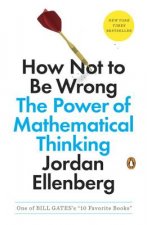
How Not to Be Wrong
312 Kč -

Linear Algebra For Dummies
483 Kč -
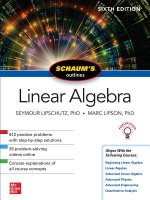
Schaum's Outline of Linear Algebra, Sixth Edition
566 Kč -
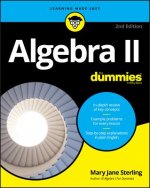
Algebra II For Dummies, 2nd Edition
483 Kč -
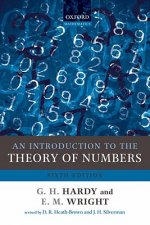
Introduction to the Theory of Numbers
1740 Kč -
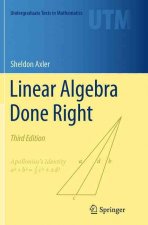
Linear Algebra Done Right
1387 Kč -
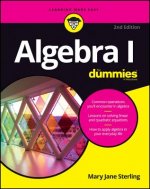
Algebra I For Dummies, 2nd Edition
471 Kč -
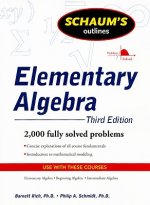
Schaum's Outline of Elementary Algebra, 3ed
732 Kč -

Schaum's Outline of Abstract Algebra
692 Kč -
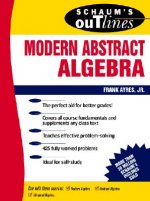
Schaum's Outline of Modern Abstract Algebra
724 Kč -
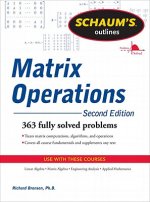
Schaum's Outline of Matrix Operations
612 Kč -
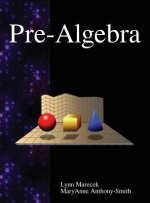
Pre-Algebra
2776 Kč -
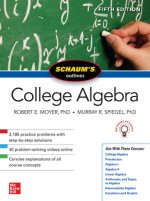
Schaum's Outline of College Algebra, Fifth Edition
410 Kč -
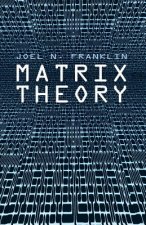
Matrix Theory
428 Kč -
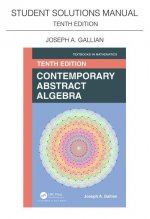
Student Solutions Manual for Gallian's Contemporary Abstract Algebra
1595 Kč -
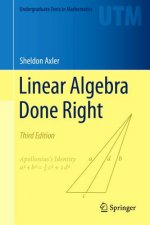
Linear Algebra Done Right
1467 Kč -
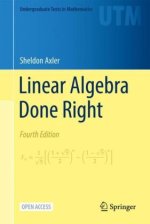
Linear Algebra Done Right
1883 Kč -
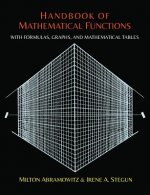
Handbook of Mathematical Functions with Formulas, Graphs, and Mathematical Tables
1030 Kč -
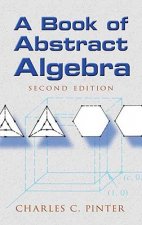
Book of Abstract Algebra
616 Kč -
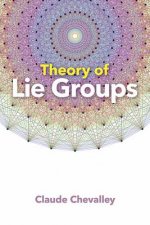
Theory of Lie Groups
312 Kč -

Manga Guide To Linear Algebra
551 Kč -
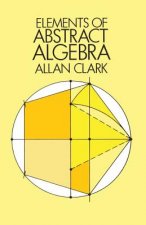
Elements of Abstract Algebra
282 Kč -
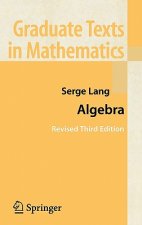
Algebra
1771 Kč -
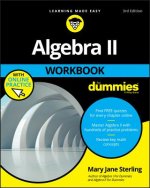
Algebra II Workbook For Dummies, 3rd Edition with OP
483 Kč -
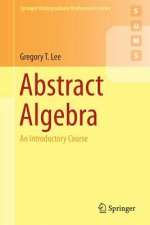
Abstract Algebra
1164 Kč -
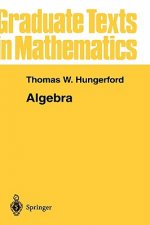
Algebra
1356 Kč -
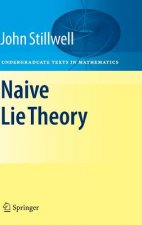
Naive Lie Theory
1217 Kč -
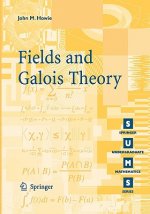
Fields and Galois Theory
1164 Kč -

Boolean Algebra and Its Applications
311 Kč -
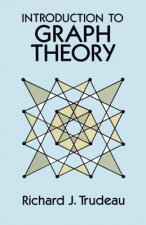
Introduction to Graph Theory
361 Kč -
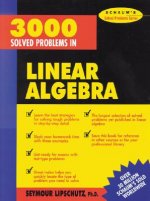
3,000 Solved Problems in Linear Algebra
894 Kč -
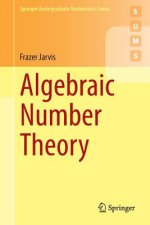
Algebraic Number Theory
1164 Kč -
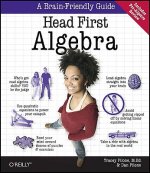
Head First Algebra
800 Kč -
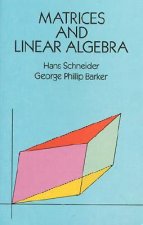
Matrices and Linear Algebra
451 Kč -
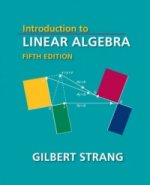
Introduction to Linear Algebra
2212 Kč -
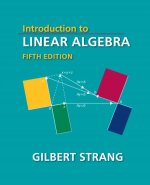
Introduction to Linear Algebra
2645 Kč -
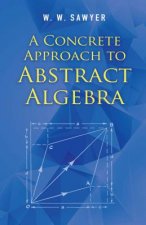
Concrete Approach to Abstract Algebra
343 Kč -
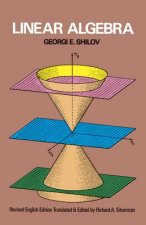
Linear Algebra
518 Kč -
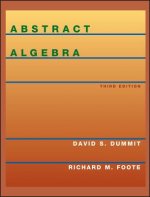
Abstract Algebra 3e (WSE)
4445 Kč -
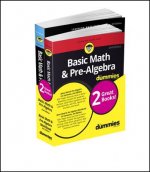
Basic Math & Pre-Algebra For Dummies Book + Workbo ok Bundle 2e
574 Kč -
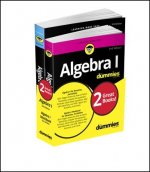
Algebra I For Dummies Book + Workbook Bundle, 3rd Edition
574 Kč -
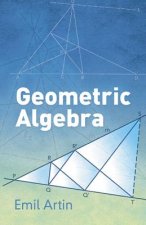
Geometric Algebra
343 Kč -
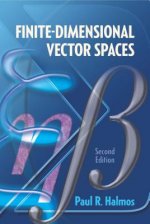
Finite-Dimensional Vector Spaces
322 Kč -

Mathematics for Quantum Chemistry
369 Kč -
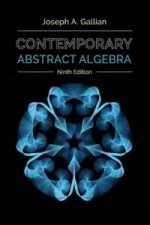
Contemporary Abstract Algebra
3014 Kč -
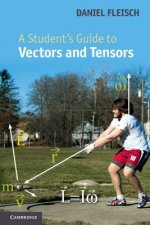
Student's Guide to Vectors and Tensors
882 Kč -
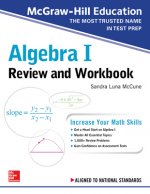
McGraw-Hill Education Algebra I Review and Workbook
318 Kč -

Abelian Varieties
343 Kč
Osobní odběr Praha, Brno a 12903 dalších
Copyright ©2008-24 nejlevnejsi-knihy.cz Všechna práva vyhrazenaSoukromíCookies



 Vrácení do měsíce
Vrácení do měsíce 571 999 099 (8-15.30h)
571 999 099 (8-15.30h)